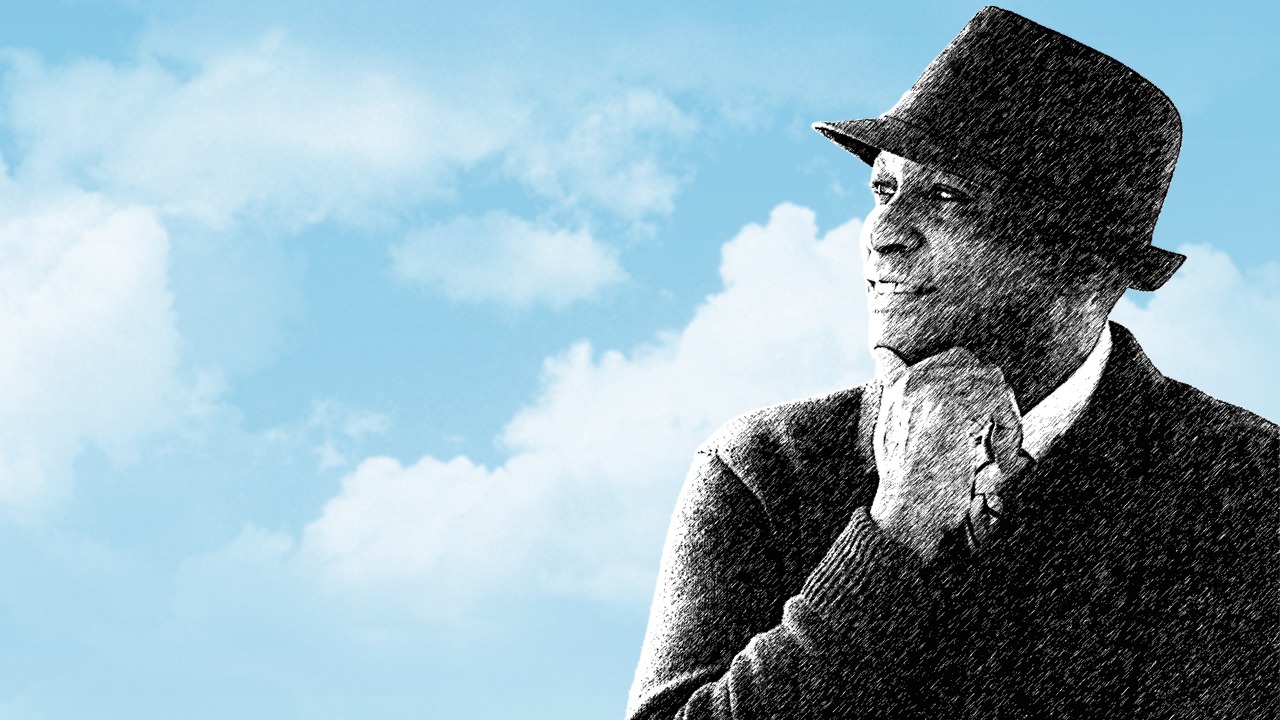
In recent years, a groundbreaking therapy has been making waves in the field of medicine and wellness. Known as PhotoBiomodulation (PBM), this non-invasive, drug-free, and painless treatment utilizes the power of light to promote healing and regeneration in a wide range of conditions. From accelerating wound healing to managing chronic pain, PBM is revolutionizing the way we approach healthcare. In this article, we will delve into the principles, applications, and benefits of PhotoBiomodulation, shedding light on this fascinating therapy.
Understanding PhotoBiomodulation:
PhotoBiomodulation, also referred to as low-level laser therapy or cold laser therapy, involves the application of specific wavelengths of light to target tissues and cells. These photons of light interact with cellular components, triggering a cascade of physiological responses that ultimately result in healing and regeneration. Unlike high-power lasers used in surgical procedures, PBM employs low-power lasers or light-emitting diodes (LEDs) that emit safe and non-thermal light energy.
How Does PhotoBiomodulation Work?
At the cellular level, PBM works through a phenomenon called photobiomodulation, which involves the absorption of light by chromophores within the cells. Chromophores, such as cytochrome c oxidase and porphyrins, have the ability to absorb specific wavelengths of light. When stimulated by the appropriate wavelength, these chromophores can activate various intracellular signaling pathways, leading to numerous beneficial effects.
Key Benefits and Applications of PhotoBiomodulation:
- Wound Healing: PBM has shown remarkable efficacy in promoting wound healing. By enhancing cellular metabolism and increasing the production of ATP (adenosine triphosphate), the energy currency of cells, PBM accelerates tissue repair and regeneration. It also improves circulation, reduces inflammation, and stimulates the formation of new blood vessels, aiding in the healing process of both acute and chronic wounds.
- Pain Management: One of the most well-known applications of PBM is in pain management. By reducing inflammation, increasing endorphin release, and modulating nerve activity, PBM provides effective relief for various types of pain, including musculoskeletal pain, neuropathic pain, and post-operative pain. It is a non-addictive alternative to pharmaceutical pain medications, offering a safe and sustainable solution.
- Skin Rejuvenation: PBM has gained popularity in the field of dermatology for its ability to stimulate collagen production, improve skin tone and texture, and reduce the appearance of wrinkles and scars. By enhancing cellular function and promoting the proliferation of fibroblasts, PBM rejuvenates the skin at a cellular level, resulting in a more youthful and radiant appearance.
- Neurological Disorders: PBM has shown promising results in managing various neurological conditions, including stroke, traumatic brain injury, and neurodegenerative diseases. By promoting neuroplasticity, reducing inflammation, and enhancing mitochondrial function, PBM has the potential to improve neurological recovery and cognitive function in these conditions.
- Sports Performance and Recovery: Athletes and fitness enthusiasts are increasingly turning to PBM to enhance performance and accelerate recovery. PBM can improve muscle strength, endurance, and oxygen utilization, while reducing muscle fatigue and inflammation. It can also expedite the healing of sports-related injuries, allowing athletes to get back to training and competition faster.
PhotoBiomodulation is a cutting-edge therapy that harnesses the power of light to promote healing and regeneration in a variety of conditions. By stimulating cellular function and activating various intracellular pathways, PBM offers numerous benefits, including accelerated wound healing, effective pain management, skin rejuvenation, neurological recovery, and enhanced sports performance. As research continues to unravel the mechanisms and expand the applications of PBM, this revolutionary therapy has the potential to transform the landscape of healthcare, providing safe, non-invasive, and effective solutions for a wide range of medical and wellness challenges.
